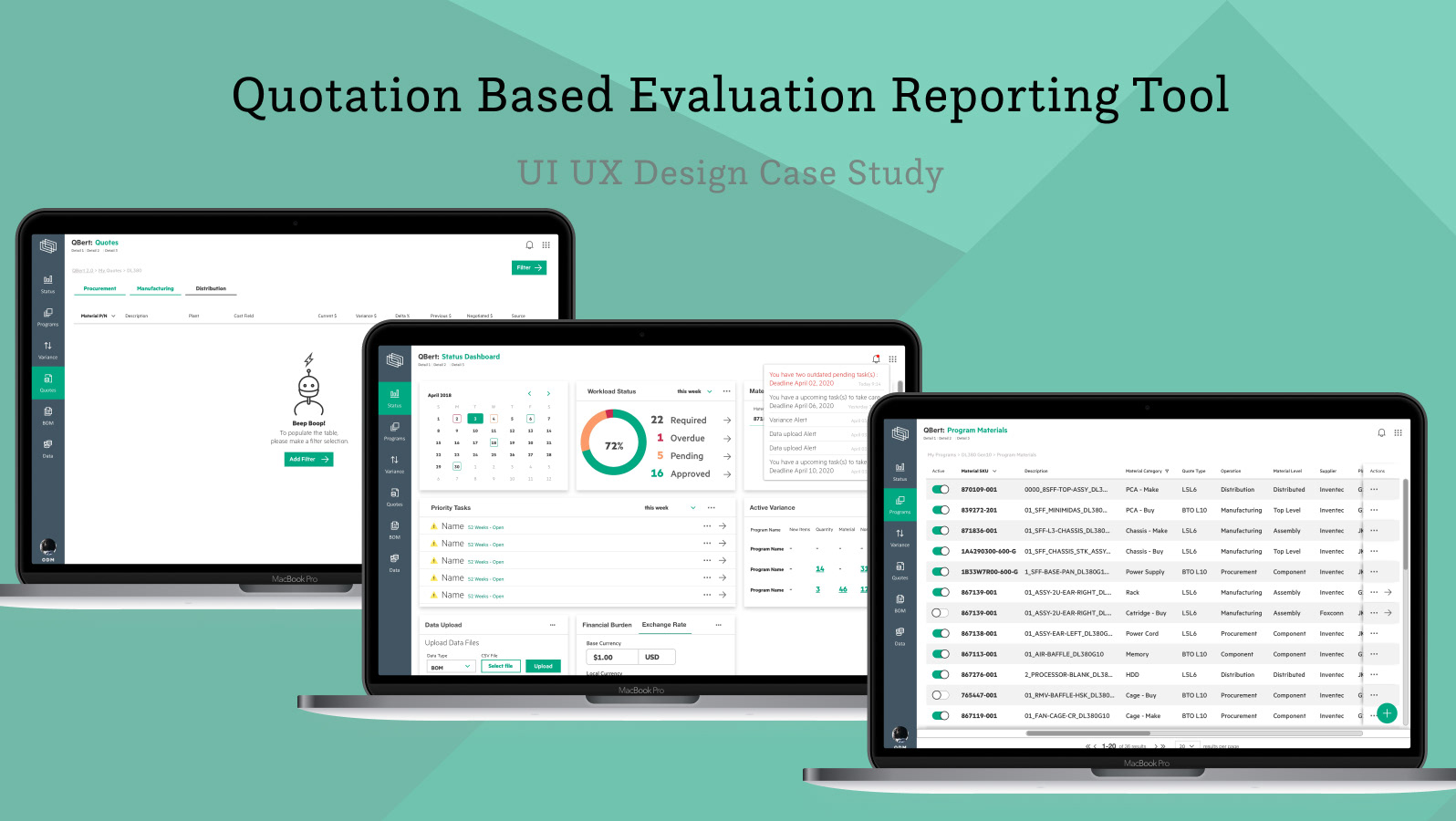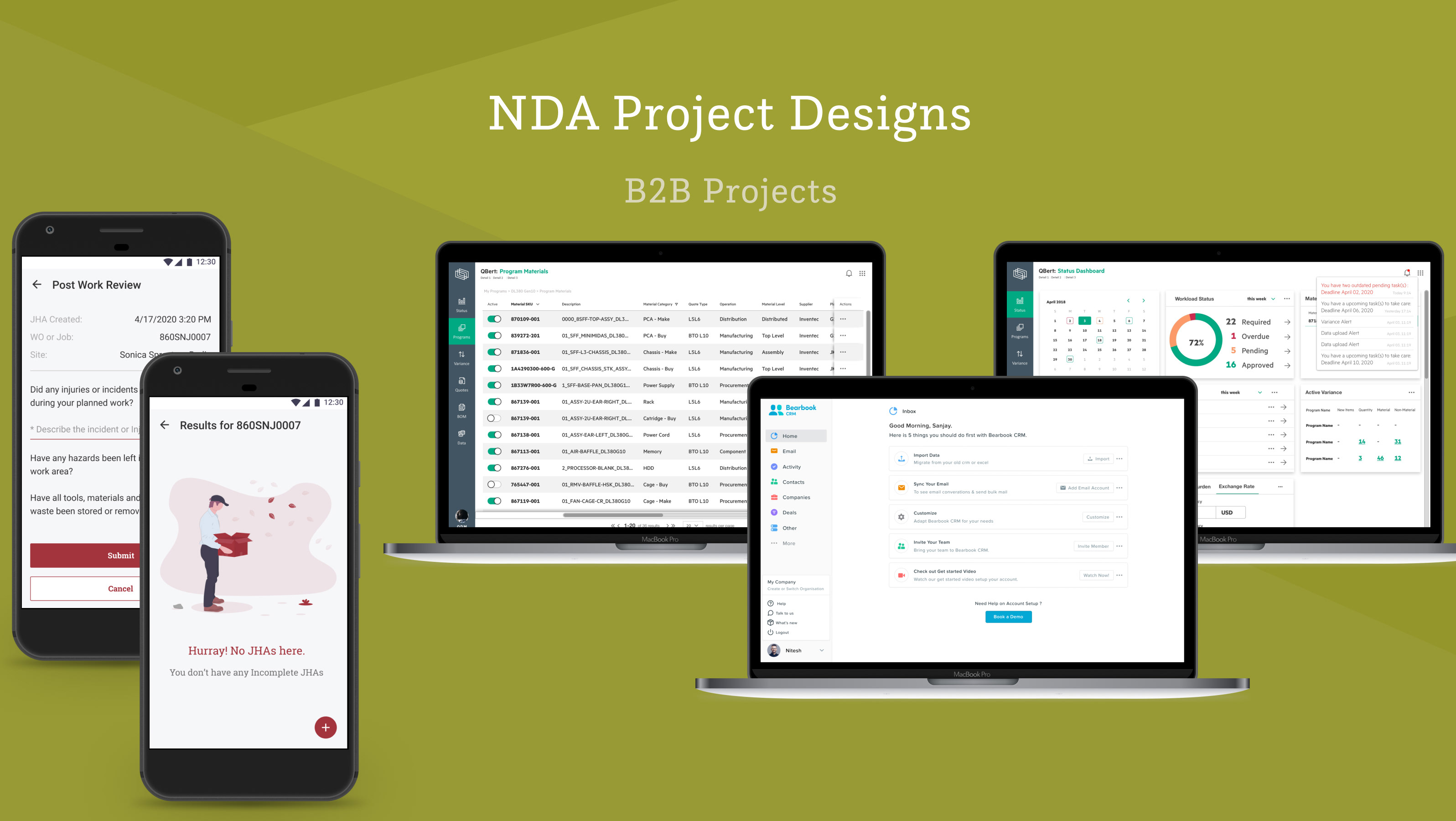Technology and the Electronic gadgets have made so much impact on our lives. We spend more hours with the electronic gadgets than with anybody else in the family or with ourselves. Our own health is not an exception for this. There are many people in this world who skip medications, appointments etc, due to their busy schedules. Technology has found solutions for this by creating reminder applications. One such opportunity was part of my job and I was lucky enough to find out a great solution for the same. So, here I'm back with Health application.
About Health Memo
‘Health Memo’ aims to provide support to people that they need to take their medications the way they're supposed to and to never miss their health care appointments. The app wants to provide support for all kind of health conditions including minor to life threatening diseases. It also acts as a perfect companion for those who need a mobile organizer for vitamins, regular medications, Doctor appointments and other health concerns.
Right now in US, there are two separate types of applications for medication. One is applications, which are tied to hospitals and available to only the patients under such hospitals. Second one is, applications which are not tied to any hospitals and don't update medications from hospitals. So, one of the aim of Health Memo application is flexibility of using in network hospital tie ups (Automatic updates from hospital) and also Individual usage (Manual entry by users).
Problem Statement:
For many people in United States, remembering to take a daily medication can be the difference between life and death. Yet, people forget all the time. According to studies, below are the fact and cost behind not taking medicines:
1. 50% of patients not taking medications as prescribed.
2. 20-30% of patients never filled their medication.
3. Lack of medicine adherence is estimated to cause approximately 125,000 deaths a year.
4. At least 23% of hospitalizations every year and to cost the American healthcare system between $100 billion and $289 billion a year.
Missing health care appointments is associated with early death, and those with long-term mental health conditions are at particular risk. Patients with a greater number of long-term health conditions had an increased risk of missing general practice appointments. These same patients were also at substantially greater risk of death within the following year.
Patients with long term physical conditions who missed two or more appointments per year had a threefold increase in all-cause mortality compared with those who missed no appointments. Patients with mental-health conditions only who missed more than two appointments per year had an eight times greater risk of death during the follow-up period compared with those who missed no appointments.
Design Challenge
How might we help patients for compliance to medication and regular appointments, so that they will never fall ill due to it?
“How might we” statement lead us to focus on some of the specific goals which provide easy solution to the problem.
1. User should never miss medications and hospital appointments due to bad memory and related factors.
2. User can easily access his medication and appointment histories.
3. Family access to patients medication and appointments, so that everyone in the family knows the record.
4. Tips related to improving patients health condition.
Scope & Focus
Designing Android and iOS applications to help the patients to track their medications and hospital appointments.
Research
Before defining the project goals, I created a research plan and worked on researching in depth using different methodologies:
Secondary Research
For this method I Assimilated basic information, and increased the knowledge about the medication non adherence and it's causes via online articles, blogs, and forums.
Below is my secondary research findings related to Medication non adherence and how much it costs:
• 145 million Americans Suffer from Chronic diseases
• 125,000 premature deaths in the US each year result from Non adherence to medication.
• $300 Billion in avoidable costs to the US health care system annually.
• About 2/3 of Americans with prescriptions are Non-Adherent
• $637 Billion in annual cost to the pharma industry globally
• 1 in 5 Medicare patients are readmitted to the hospital within 30 days. Half of them are considered to be non-adherence.
• Between 41% and 59% of mentally ill patients take their medication infrequently or not at all. This contributes to larger societal issues including unemployment, homelessness, and suicide.
• According to CVS, nearly 50% of people with a prescription for a chronic condition like cardiovascular disease stop taking it within the first year.
• 125,000 premature deaths in the US each year result from Non adherence to medication.
• $300 Billion in avoidable costs to the US health care system annually.
• About 2/3 of Americans with prescriptions are Non-Adherent
• $637 Billion in annual cost to the pharma industry globally
• 1 in 5 Medicare patients are readmitted to the hospital within 30 days. Half of them are considered to be non-adherence.
• Between 41% and 59% of mentally ill patients take their medication infrequently or not at all. This contributes to larger societal issues including unemployment, homelessness, and suicide.
• According to CVS, nearly 50% of people with a prescription for a chronic condition like cardiovascular disease stop taking it within the first year.
I have created a detailed report including definitions and results. You can access the same here.
Competitive Analysis
During competitor analysis I have identified the services provided by direct and indirect competitors in US, in order to understand their strengths and shortcomings. Competitor Analysis report containing competitor feature list and the advantages was created as part of the process.
Primary Research
During this Research I Conducted 1-on-1 remote interviews with users to identified their pain points, requirements, preferences, and general opinions about their current medication adherence/non-adherence methods/issues. I followed set of questions as Interview guide to initiate the interview discussion. Remote interviews were conducted with 5 different people and a persona and empathy map was created based on the user interview result.
Persona:
Persona was created reflecting the interviewed users lifestyle, routine, goals, motivations, pain points etc.
Empathy Map:
An empathy map is created to gain a deeper insight into the targeted users. The process gave better understanding about the users.
Establishing Project Goals
Using overall research findings i.e. goals and pain points of both business and users were defined to establish project goals.
Feature Road Map:
A feature roadmap was developed using inputs from interview and secondary research. Must have MVP features requested by participants as essential to Health application given high priority.
Information Architecture:
Considering the features, site map was created imagining how a user would use the application. Below is the Information Architecture created based on the feature list.
Design
Paper Sketches:
Once after site map was created, it was time for my personal favorite task - Paper sketches. I sketched wireframes using pencil and paper. It was a great exercises to think about the layouts, buttons, images etc. Some of the paper sketches are shown below.
Wireframes:
After sketching on paper, I started creating wireframes on 'Figma'. During this process there were some improvements in design and also from viewers perspective it took a better view.
Style guide:
A detailed template file was created, consisting of brand color, fonts, Icons, Buttons and fields to give a standardized look to the application.
User Interface Design
After the fundamental stage of wire-framing was complete, I started working on the user interface design. During this process, there was lot of improvements to the design considering 'Better user experience'. Improved high fidelity design looked exactly as below. This also lead to make a few important changes in the information architecture to improve the overall user-experience.
Prototyping:
An interactive high fidelity prototype of Health Memo Android application was created using Figma.
Usability Testing:
To determine the level of efficiency of design and usability within the user interface of the interactive prototype, multiple moderated and unmoderated usability testings were conducted. The test plan was devised were to understand user preference, memory and identify potential navigation issues within the task flow. From the test results, design improvements were taken forwarded and done the needed changes.
The updated prototype is tested with the target segment for uncovering errors and possible improvements in usability and interaction. The outcome was with no errors.
Way forward
The next steps would be to design iOS part of the application and it is in progress.



